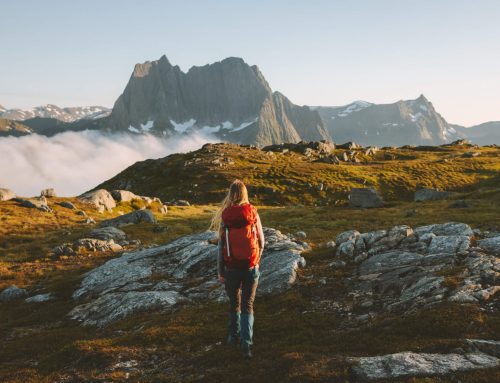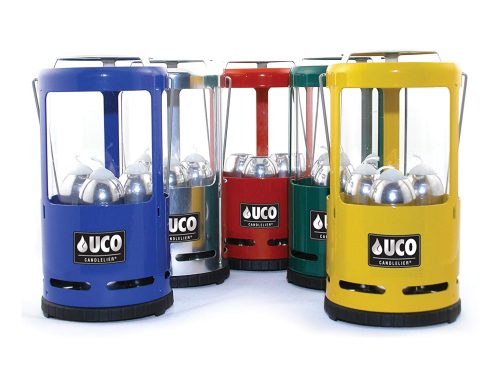Earthquakes are far more common than most realize. In Southern California alone, there are more than 10 thousand per year. “Utah has experienced sixteen earthquakes greater than magnitude 5.5 since pioneer settlement in 1847, and geologic studies of Utah’s faults indicate a long history of repeated large earthquakes of magnitude 6.5 and greater prior to settlement,” found on Geology.Utah.Gov. The real danger lies in our inability to tell when the big ones are going to hit. When they do, you must be prepared. Below is an Earthquake Preparedness Checklist as well as tips to help you keep your family as protected as possible:
NOTE – All of the tips below should be preceded by CPR and First Aid Certification for you and all capable members of your family. Below is a link to get certified through the American Red Cross:
CLICK HERE for American Red Cross CPR and First Aid Certification
When the Shaking of the Earthquake Starts
- Drop and take cover under a sturdy desk or table. Hold on!
- Stay indoors until the shaking subsides. Most people will mistakenly make a run for the door. This is a mistake because in a big earthquake, you will likely fall down while doing so.
- Avoid furniture, such as bookcases or wall units, that can fall on you.
- Stay away from windows as they may shatter. In a high-rises, expect the fire alarms and sprinklers to engage.
- If outdoors, find a spot away from buildings, trees, and power lines. Stay low to the ground.
- If in a car, slowly drive to a clear place. Remain in the car until the shaking stops.
Plan Ahead
There’s no better way to survive an earthquake than with planning and practice. You and your family should practice, review and map out the do’s and don’ts in the event that the big one strikes. Find the safe spots in your home and show your family how to quickly get there from the areas in the home they spend the most time.
If you have children, get the entire family to practice going to these locations. Participating in an earthquake drill will help children understand what to do in case you are not with them during an earthquake.
Stock up on supplies
Stock up on the basic emergency supplies that can be used for up to three days after an earthquake. These supplies should include a first aid kit, survival kits for the home, automobile, and workplace, and emergency water and food.
First Aid Kit
IMPORTANT: In addition to the listed items below, your first aid kit should include important medical information. Your prescriptions can stay in the refrigerator where they will be protected from debris and fire.
Drugs/Medications
- Hydrogen peroxide to wash and disinfect wounds
- Prescriptions and any long-term medications (keep these current)
- Diarrhea medicine
- Eye drops
- Antibiotic ointment
- Individually wrapped alcohol swabs
- Aspirin and non-aspirin tablets
Dressings
- Bandage strips
- Rolled gauze
- Cotton-tipped swabs
- Adhesive tape roll
- Ace bandages
Other First Aid Supplies
- First aid book
- Sunscreen
- Paper cups
- Pocket knife
- Small plastic bags
- Safety pins
- Needle and thread
- Instant cold packs for sprains
- Sanitary napkins
- Splinting materials
- Scissors
- Tweezers
- Thermometer
- Bar soap
- Tissues
Tools and supplies
- Ax, shovel, broom
- Screwdriver, pliers, hammer, adjustable wrench
- Rope for towing or rescue
- Plastic sheeting and tape
Items for safety and comfort
- sturdy shoes that can provide protection from broken glass, nails, and other debris
- gloves (heavy and durable for cleaning up debris)
- candles
- waterproof matches or magnesium fire starter
- change of clothing
- essential medications and eyeglasses
- fire extinguisher — multipurpose, dry chemical type
- food and water for pets
- toilet tissue
- cash
- survival knife
- garden hose (for siphoning and firefighting)
- tent
- recreational supplies for children and adults
- blankets or sleeping bags
- portable radio, flashlight, and extra batteries
For Your Vehicle
- Mylar Blankets
- Bottled water
- Small mirror for signaling
- Toilet tissue
- Tools (pliers, adjustable wrench, screwdrivers, etc.)
- Whistle for signaling
- Jumper cables
- Duct tape
- Change of clothes
- Change for telephone calls
- Food (nonperishable protein bars, trail mix, etc.)
- Work Gloves
- Maps and a compass
- Plenty of rope for towing and other uses
- Paper and pencils
- Pre-moistened towelettes
- Necessary prescription medicines
- Battery-operated radio with fresh batteries
- Fire extinguisher — multipurpose, dry chemical type
- First aid kit and manual
- Emergency signal device (battery-type flasher, light sticks, reflector, etc.)
- Flashlight with fresh batteries
Earthquake Preparedness – Bedside Kit
Now you should start thinking about your own bedside kit. This is not only helpful for earthquakes, but also for tornadoes, hurricanes, and other natural disasters. The idea here is to get you thinking about what you would add to your bedside kit. The one in this presentation is very basic which is fine since not being prepared at all is much worse. You can design the first aid kit to your own specific needs. If there are children in your household, it is very important that each child has his or her own kit with their own shoes that fit their feet. Always keep in mind that as the children grow, you will need to change out their shoes in the kit. A knife would not be suitable for your children’s bedside kit but certainly make sure they have a flashlight, first-aid kit, and whistle and know how and when to use them.
We hope you learned something. If you can contribute to the conversation, please do so in the comment section below.




